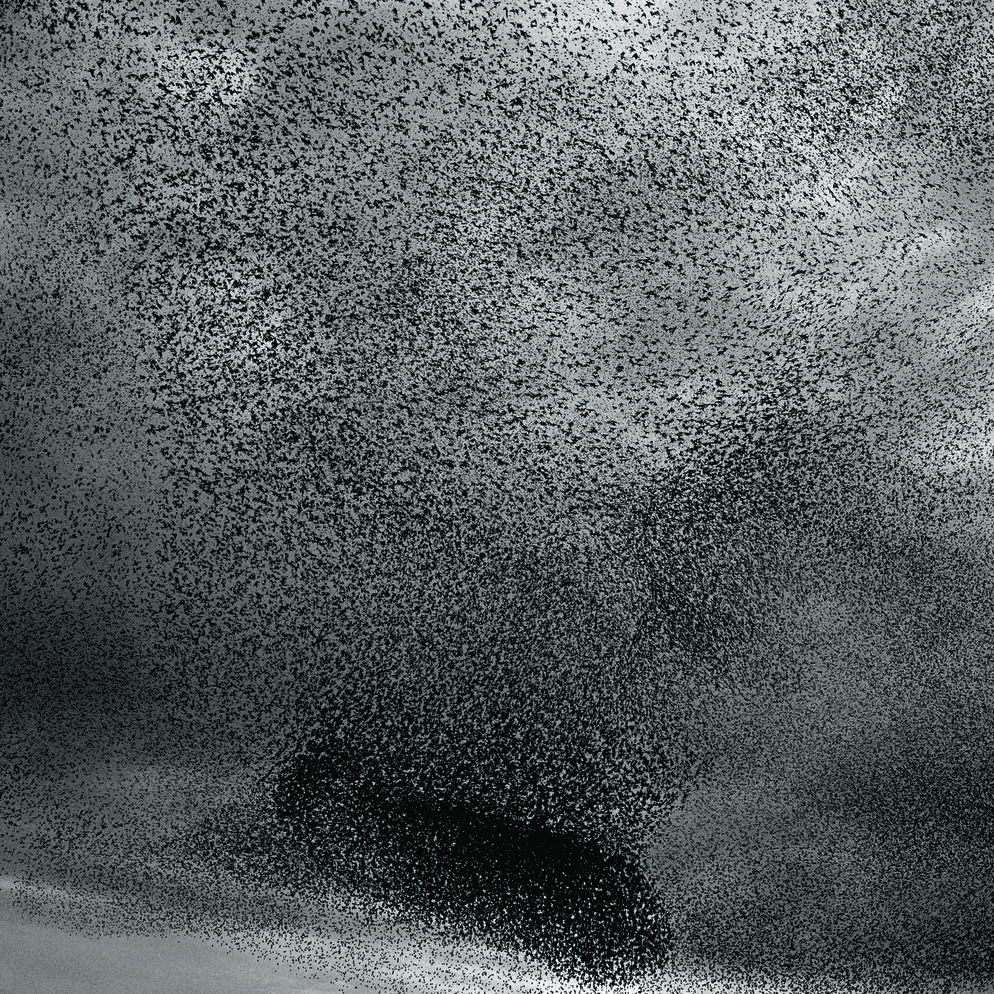Many birds flock, of course. But only a relative handful really fly together, creating what University of Rhode Island biologist Frank Heppner, in the 1970s, proposed calling “flight flocks”: namely, highly organized lines or clusters. Pelicans, geese, and other waterfowl form lines and Vs, presumably to take advantage of aerodynamic factors that save energy. But the most impressive flockers are arguably those that form large, irregularly shaped masses, such as starlings, shorebirds, and blackbirds. They often fly at speeds of 40 miles or more per hour, and in a dense group the space between them may be only a bit more than their body length. Yet they can make astonishingly sharp turns that appear, to the unaided eye, to be conducted entirely in unison. Imagine doing unrehearsed evasive maneuvers in concert with all the other fast-moving drivers around you on an expressway, and you get an idea of the difficulty involved.
No wonder observers have been left groping for an explanation. When Heppner, now semi-retired, began studying pigeon flocks more than 30 years ago, he suggested that they communicate through some sort of neurologically based “biological radio.”
Source: How a Flock of Birds Can Fly and Move Together | Audubon
